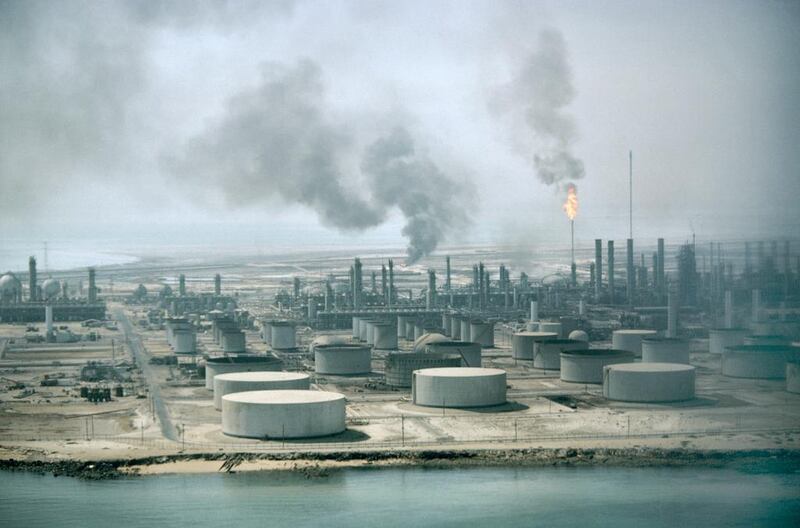Oil is set for its longest stretch of declines on record after entering a bear market, with investors awaiting a weekend meeting of Opec and its allies to discuss output strategy.
Futures in New York are slipping for a tenth day, extending a dramatic plunge that has dragged prices down over 20 per cent from a 2014 high five weeks ago. The slump has rattled producers, and the Organization of Petroleum Exporting Countries has signalled it may cut output next year – an option that will be part of talks when the group meets with partners in Abu Dhabi on Sunday.
The slump in oil markets has been exacerbated by a US decision to allow eight countries to continue importing from Iran even after the US hits the Opec member with sanctions. That revived concerns of a supply glut, in contrast to earlier fears over a crude crunch due to shrinking exports from the country. Pledges by other producers such as Saudi Arabia to pump more and record American supply as well as rising stockpiles also weighed on prices.
“Certainly, the waivers on US sanctions for Iranian crude have really accelerated the decline from last month and sensitivity to those issues have been high in recent times,” said Daniel Hynes, a Sydney-based senior strategist at Australia & New Zealand Banking Group. Growing US supplies “add to rising concerns of output,” while “the meeting over the weekend between Opec and Russia may set the tone for the next Opec meeting in December.”
West Texas Intermediate for December delivery traded 9 cents lower at $60.58 a barrel on the New York Mercantile Exchange at 12:25pm on Thursday in Singapore. The contract fell 1.6 per cent to $60.67 on Thursday, and is headed for a 4 per cent decline on the week – its fifth consecutive decrease. Total volume traded was 9 per cent above the 100-day average.
___________
Read more:
[ Iranian oil exports could halve in 2019 as US focuses on waivers ]
[ Iran: markets on hold as US sanctions take effect ]
[ Iran's losing game to sell oil may not be the only pain ahead ]
___________
Brent futures for January settlement edged up 15 cents to $70.80 a barrel on the London-based ICE Futures Europe exchange. Prices are also on course for a fifth weekly drop, down 2.8 per cent. The global benchmark crude traded at a $10.01 premium to WTI for the same month.
A potential decision by Opec to return to output cuts would mark the second production u-turn this year for the group, some members of which are said to be concerned that inventories are rising. For Saudi Arabia – the world’s biggest crude exporter – a reduction would mark the third time in recent years the kingdom has delivered a supply surge only to reverse it.
In the US, crude production increased to 11.6 million barrels per day last week, the highest level on record, according to Energy Information Administration data. At the same time, nationwide stockpiles rose 5.8 million barrels last week, compared to a 2-million-barrel gain expected in a Bloomberg survey.
Meanwhile, Opec’s production in October reached the highest level since 2016, and Russia hiked its output last month to a post-Soviet record of 11.4 million barrels a day. When they meet this weekend, the producers will have to contend not only with the threat of a glut, but also the risk to demand from faltering emerging-market economies and a trade war between the US and China.






